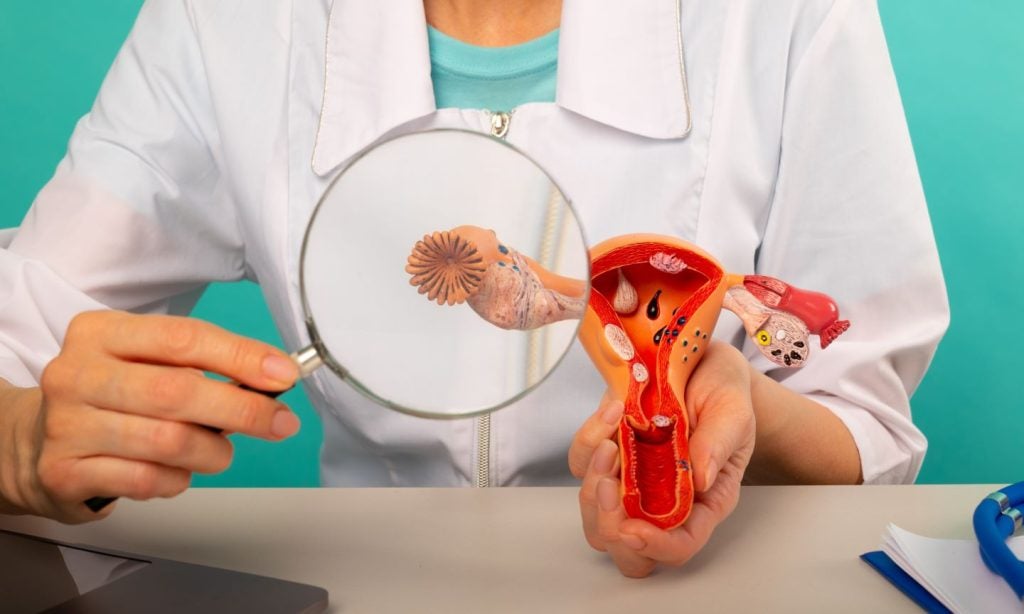
Sourcing a comparator drug for global trials can be challenging when navigating this process for the first time. Oftentimes, companies adopt a one-pot-fits-all approach that in reality could expose them to operational, regulatory and financial risks, and could ultimately threaten the integrity of study results.
The great complexity of today’s international clinical trials means there are numerous issues surrounding the organizational, operational and financial performance of clinical trial materials (CTM). This has gradually become a significant problem for trial sponsors and contract manufacturers as well.
As more clinical trials are conducted across different regions, it is important for the industry to address the problems in the clinical supply chain that could affect the drug development process as a whole. This article will examine the current challenges, as well as critical success factors in CTM supply for comparator sourcing. The whole idea is to simplify the process, eliminate redundancy, and stay ahead of the competition by enhanced customer satisfaction and efficiency.
Global Sourcing
The globalization of clinical trials can present cost savings and advantages for trial sponsors when sourcing from more cost-efficient markets or from a single global supplier. But this requires detailed knowledge of the differing regulations specific to countries and also the ability to meet those regulations. We shouldn’t forget that there are an increased number of new countries where clinical trials are taking place.
Bear in mind the environment might not be the most favorable at the beginning due to its stage of maturity for conducting clinical trials. The key is to make the sourcing process as streamlined as possible while using a sourcing specialist to make it cost-effective and maximize return of investment (ROI). Trial sponsors must select the right supplier based on the specific trial needs.
How well do you really know your competitors?
Access the most comprehensive Company Profiles on the market, powered by GlobalData. Save hours of research. Gain competitive edge.

Thank you!
Your download email will arrive shortly
Not ready to buy yet? Download a free sample
We are confident about the unique quality of our Company Profiles. However, we want you to make the most beneficial decision for your business, so we offer a free sample that you can download by submitting the below form
By GlobalDataSourcing Comparators: Associated Risks
The process of supplying comparator drugs for global clinical trials presents numerous obstacles. These include: the inability to obtain relevant documentation, minimal supply chain security, and delays in re-supply. To overcome these challenges, it is crucial drug developers adopt a strategic approach comprising of two elements:
1) Understanding global regulations governing sourcing
2) Developing a risk-driven demand plan that can rapidly accommodate changes in the quantity of comparators
What’s important to note is that the risks associated with comparator sourcing can increase without a well-planned supply strategy. When procurement teams are tasked with sourcing comparators at short notice, wholesalers or suppliers must be quickly identified and appraised; a process that can be challenging in a compressed timeframe.
The major risk it presents is that there can be great variability in supply and no security to deliver in time. Wholesalers may not be able to provide large single-lot batches with long expiration dates. The trial sponsor may have to buy the comparator in multiple lots, leading to clinical inconsistency. This can create significant operational challenges, as well as more paperwork to address audits or even recalls.
Additionally, wholesalers may not be compliant with sourcing regulations and the logistics necessary to deliver the comparator to sites worldwide. Suppliers should know the import and export requirements for each country, as well as the specific handling criteria necessary for each type of delivery (i.e. cold chain requirements, controlled drugs requirements, special nature of the sources).
Most of the time, a short lead time may prevent sponsors from sourcing directly from the manufacturer through a sourcing specialist, a process that takes more time than usual. Therefore, robust relationships between sponsors and suppliers should be built to address this complex process.
Considerations for Local Sourcing
A local sourcing specialist can liaise directly with the manufacturer at the local level to schedule production runs to meet either short or long-term comparator requests. This demand planning secures reliability of supply with quality material and can help maintain flexibility of supply should the study be extended. In addition to effective demand planning, sourcing directly from a manufacturer enables access to large, single lots of the comparator with maximum shelf life, and specific batch numbers. Securing comparators with a lengthy shelf life provides time for characterization, demonstration of bioequivalence, relabeling and repackaging. It also minimizes re-supply costs and avoids any regulatory burden when submitting INDs or NDAs.
Securing the proper documentation from the manufacturer is very important. The manufacturer can routinely provide full pedigree documentation reflecting the chain of custody from the source to the designated point of delivery. The availability of these documents is not guaranteed when sourcing via wholesalers, putting a company at risk of not complying with regulatory requirements. While the offer of the comparator is at the lowest product cost at the beginning, the lack of robust networking and supply restrictions may result in an unreliable supply, along with a sizeable acquisition cost.
The supply chain strategy requires meticulous planning in advance. It should preferably be established when the protocol design is drafted. Since comparator drugs come from a wide variety of sources across a number of countries, attention should be paid to regional variations and differing trade regulations of governance prior to selecting the most appropriate source. This planning will be imperative to:
- Assess options and limitations for sourcing the chosen comparator
- Review sourcing options in terms of regulatory requirements
- Packaging
- Reformulation and re-labeling needs
- Determine the required volume and delivery schedule
- Evaluate the price and total cost of acquisition
- Confirm the availability of the required pedigree and product documentation
Right Drug, Right Site, Right Time
For a successful trial, the ultimate goal of comparator sourcing is to get the right drug at the right site at the right time in the right quantities. Nevertheless, with a significant growth in clinical research expected in emerging regions, such as Russia, Asia, South America, the Middle East, and Africa, sponsors and drug manufacturers must be prepared for the geographical challenges that lie in wait.
The increased burden on supply and clinical operation teams will therefore lead a push toward the establishment of a compliant and efficient supply chain across borders. Requirements established by local regulatory agencies regarding the source of comparators and the trade regulations governing import and export must be understood and adhered to. Further factors to consider are comparators that demand special handling, such as products with specific cold chain requirements.
All of these factors, if not managed effectively, can result in the delayed delivery of the comparator to the site, which in turn, can lead to costly delays in the trial.An agile, global inventory and logistics management, is critical to ensure compliance, supply chain security, prompt delivery, and global batch traceability.In such cases, it’s essential to have country-specific regulatory expertise oneither the manufacturer ortrial sponsor side as regulations are constantly evolving.
Once the desired comparator has been identified, the task turns to findingthe source. Having global knowledge of the comparator sourcing landscape makes it possible to assess theoptions available. However, cautionmust be exercised, when evaluating sources for a comparator. Only sources that are audited should be used to ensure supply chain security and minimize the risk of counterfeit.
Single Sourcing vs. Decentralized Sourcing
When it comes to sourcing, many trial sponsors are interested in single sourcing, from a single geographic source to trial sites in multiple countries. When considering single sourcing in support of a trial, it is important to weigh the associated pros and cons.
Advantages include:
- Management of one comparator source
- Reduction of local supply cost
- Consistency in data collected across trial sites
- Greater flexibility to shift comparator supply from one site to another
Challenges include:
- Obtaining required documentation
- Lack of formal guidance
- Case-by-case basis approach
A trial sponsor should carefully evaluate single sourcing options from a regulatory standpoint and understand what is required in terms of supporting documentation. The FDA, for example, provides no formal guidance on single sourcing, so it is best to consult your comparator sourcing specialist, who will have the ability to advise on a case-by-case basis and be in direct contact with agency officials on your behalf.
While single sourcing can ease the demands on internal supply and logistics departments, the dependency on one source for a drug comparator presents a number of risks and requires careful verification of the supplier. While a sourcing specialist can ensure that these risks are quantified and mitigated, adopting decentralized sourcing through different suppliers will address this dependency.
A clinical trial can come to a halt if the comparator drug is not available throughout the study, affecting timelines and incurring substantial costs for the sponsor. A transactional approach to sourcing where the focus is on finding a comparator as quickly as possible can increase the likelihood of these risks prior to and during the course of a clinical trial. Comparators that are sought via a “last minute” approach can expose a company to high risks.
Comparator sourcing should be considered as an important strategic element in the planning and preparation of clinical trials. The goal for the procurement team should be to clarify the needs for comparator and the time required to properly evaluate all sourcing options. Close communication between the supply chain and clinical teams enables better planning and will ultimately minimize a company’s exposure to avoidable risk, unexpected problems, and high costs.
Cristina Chang
Vice President, Global Clinical Development and Medical Affairs
OBI Pharma









Related Company Profiles
OBI Pharma Inc
CTM, LLC